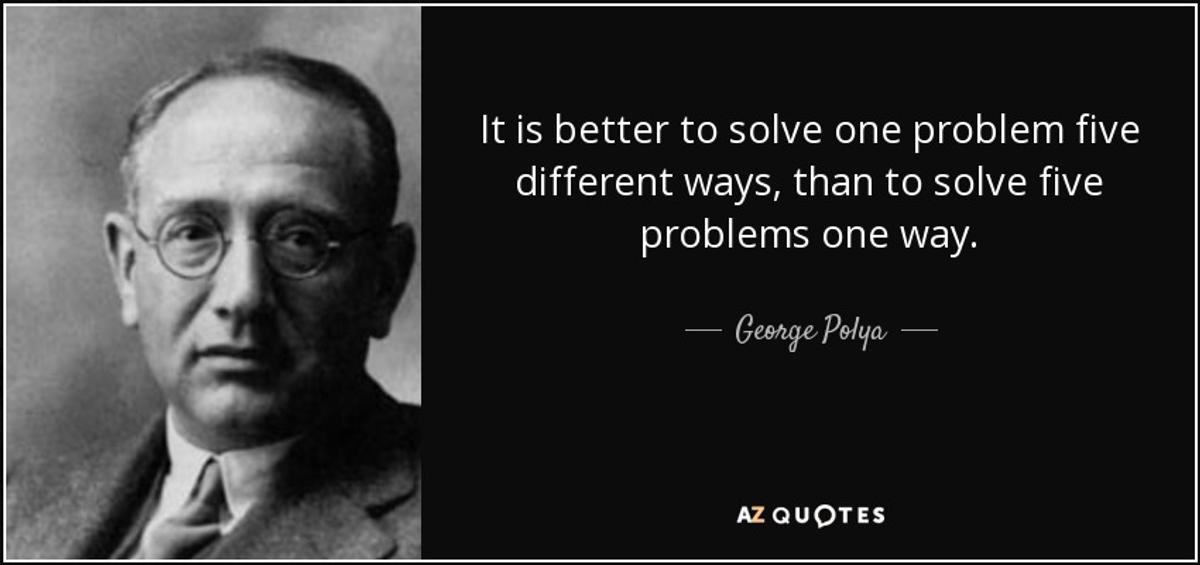Mathematics
Emma Sbizzirri

Mathematics
Emma Sbizzirri
With the news that playgrounds are again closing for two weeks, we may need to find creative ways to engage our children in fun activities outside - particularly away from devices outside the school day. What better way than to engage in activities that are both fun but also involve learning!
The Numeracy@Home project was developed by Monash University in partnership with the Victorian Department of Education and Training, Catholic Education Melbourne, and Doveton College.
It validates the important and influential role parents play as children's first educators of mathematics and provides investigative ways families can support mathematical thinking.
The website provides 11 ways to support Mathematical thinking and activities can be adapted based on the age and need of your child.
Activity 1: Compare and Measure
Children learn and establish mathematical thinking through comparing and measuring objects they handle and observe.
On your walk or around your house, point out observations and do best thinking out loud to model to your child.
For further information on other ways you can engage with your child, visit the Numeracy@Home Project website at https://www.numeracyathome.com/look-and-compare


Challenging tasks provide opportunities for students to think like a mathematician to solve problems and find multiple solutions. Challenging tasks enable students to problem-solve and justify their thinking and offer rich opportunities to engage in Maths. It often requires a deeper understanding of Maths through trial and error, problem-solving, and justifying, rather than simply solving number equations.
Here is an activity you may like to try with your child: (This can be adapted to suit all levels)
"I did a subtraction task and the answer was 215 but I cannot remember the other numbers." Find as many solutions to this subtraction as possible.